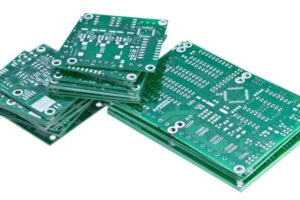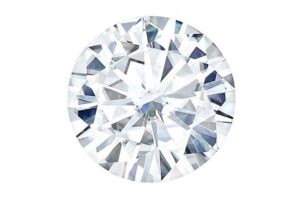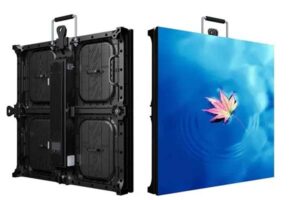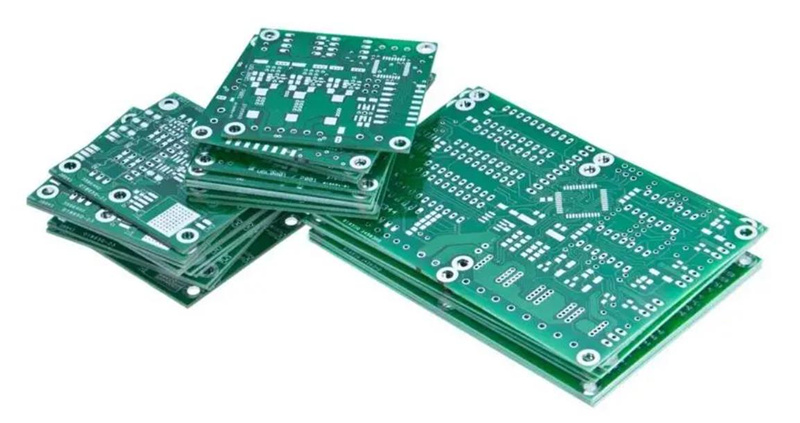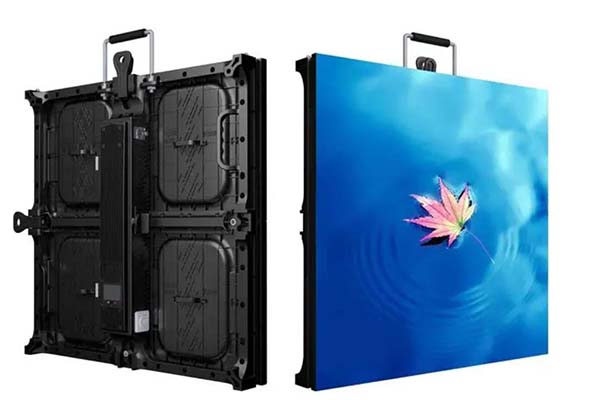Accurate identification of crystals is crucial for wholesale purposes, as it allows buyers and sellers to accurately assess the quality and value of the crystals being traded. According to Jewellery Wholesale UK experts said, we’ll explore the various identification instruments and methods that are commonly used to identify crystals for wholesale.
Visual Identification Methods
One of the most basic and straightforward ways to identify crystals is through visual inspection. This involves examining the physical appearance of the crystal, including its color, shape, size, and other features. Visual identification is often the first step in the identification process, and can provide important clues about the nature of the crystal.
There are several tools that can be used to aid in the visual identification of crystals. A loupe is a small, handheld magnifying glass that is commonly used to examine the surface features of crystals. A magnifying glass can also be used to examine larger crystals or groups of crystals. Tweezers can be useful for handling small crystals or examining specific areas of a crystal without touching them with your hands.
Chemical Testing Methods
Chemical testing methods involve analyzing the chemical properties of a crystal, such as its composition and molecular structure. These methods can provide valuable information about the identity and purity of a crystal, and can help to differentiate between similar-looking crystals.
There are several types of chemical testing instruments that are commonly used for crystal identification. Spectroscopy is a technique that involves analyzing the spectrum of light absorbed or emitted by a crystal, which can provide information about its chemical composition. X-ray diffraction involves shining an X-ray beam at a crystal and analyzing the pattern of diffraction that is produced, which can provide information about the crystal’s atomic structure. Infrared spectroscopy involves analyzing the absorption of infrared radiation by a crystal, which can also provide information about its chemical composition.
Thermal Testing Methods
Thermal testing methods involve analyzing the thermal properties of a crystal, such as its melting point and specific heat capacity. These properties can provide important information about the stability and behavior of a crystal, and can help to differentiate between similar-looking crystals.
There are several types of thermal testing instruments that are commonly used for crystal identification. A thermocouple is a device that measures temperature by measuring the voltage generated between two dissimilar conductors. A calorimeter is a device that measures the heat absorbed or released by a crystal during a chemical reaction or phase change. A differential scanning calorimeter is a specialized instrument that measures the heat flow into or out of a crystal as it is subjected to a controlled temperature ramp.
Electrical Testing Methods
Electrical testing methods involve analyzing the electrical properties of a crystal, such as its conductivity and dielectric constant. These properties can provide important information about the electronic structure and behavior of a crystal, and can help to differentiate between similar-looking crystals.
There are several types of electrical testing instruments that are commonly used for crystal identification. A multimeter is a device that can measure a variety of electrical quantities, including voltage, current, and resistance. An oscilloscope is a device that displays and measures electrical signals over time, which can provide information about the frequency and waveform of an electrical signal. An impedance analyzer is a specialized instrument that measures the resistance and reactance of a crystal at various frequencies, which can provide information about its electrical characteristics.
Other Considerations
In addition to the identification instruments and methods mentioned above, there are several other factors to consider when identifying crystals for wholesale. It is important to carefully examine the crystal for any signs of damage or alteration, such as cracks, fractures, or surface treatments, as these can affect the value of the crystal. It is also important to consider the context in which the crystal was found, as this can provide important clues about its origin and authenticity.
It is always a good idea to consult with a qualified expert or laboratory when identifying crystals for wholesale, as they can provide valuable insights and expertise that may not be readily available to the general public. Many crystals are difficult to identify without specialized knowledge and equipment, and an expert can help to ensure that the identification process is thorough and accurate.
Conclusion
Accurate identification of crystals is crucial for wholesale purposes, and requires a combination of visual inspection, chemical testing, thermal testing, and electrical testing. By using the right tools and techniques, and consulting with qualified experts when necessary, you can ensure that your crystals are accurately identified and valued.
